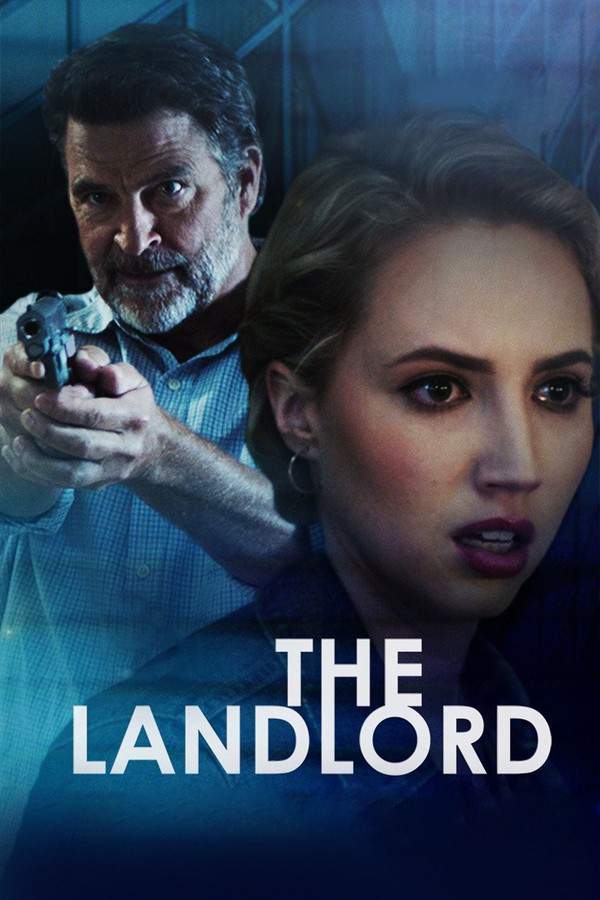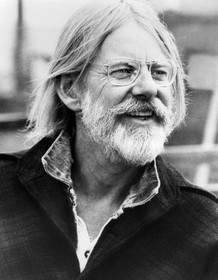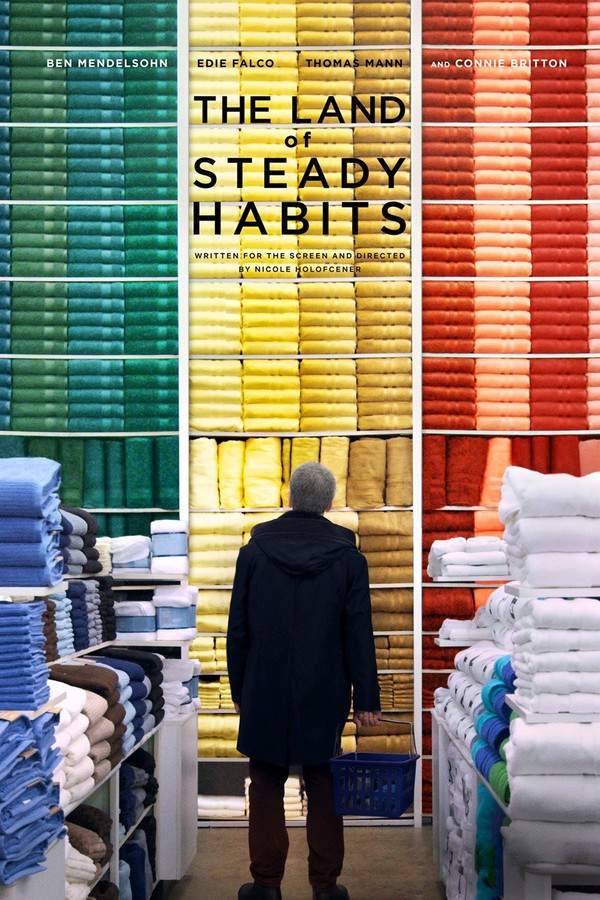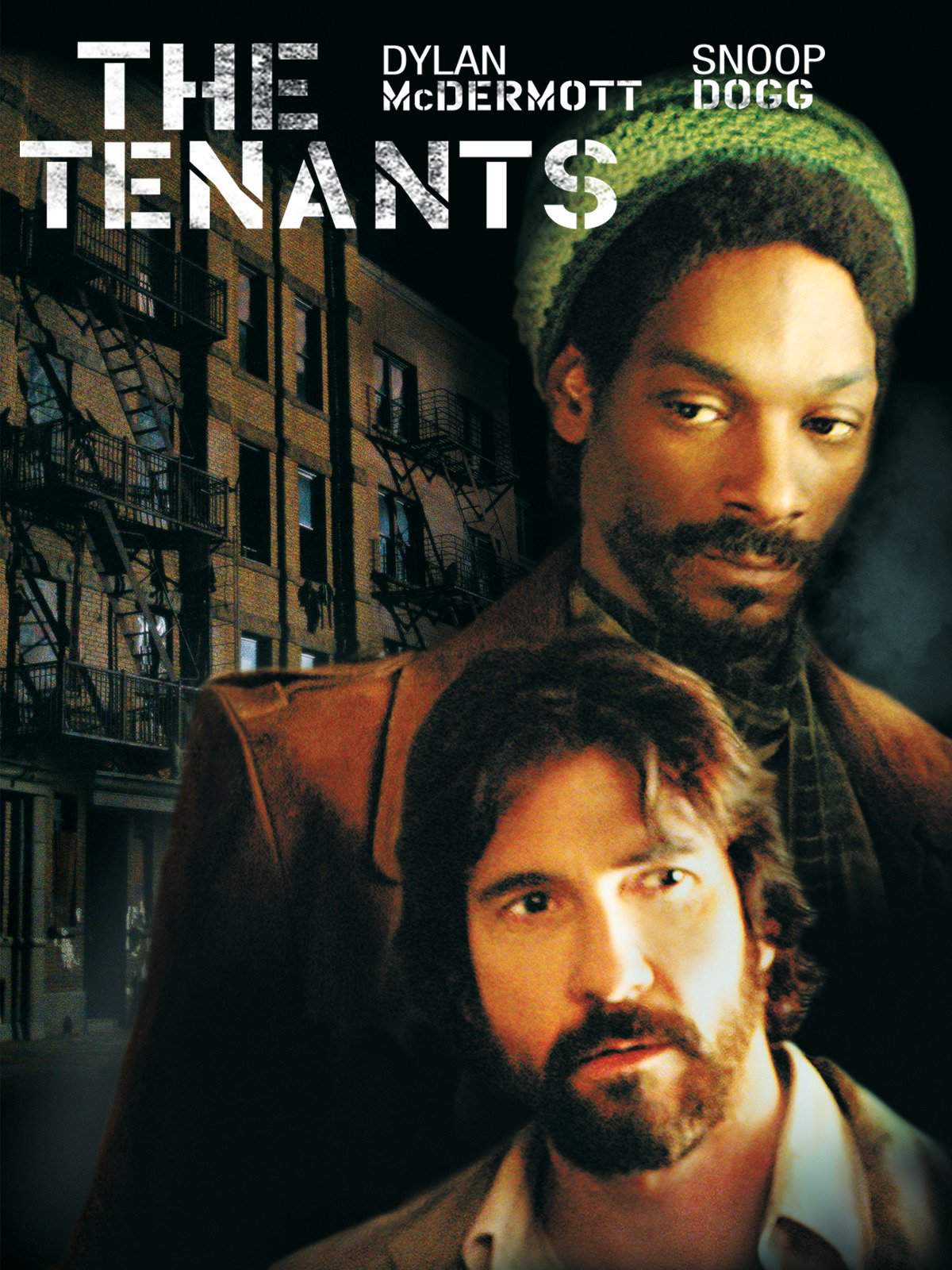
The Landlord 1970
Directed by

Hal Ashby
Made by

United Artists
Test your knowledge of The Landlord with our quiz!
The Landlord Plot Summary
Read the complete plot summary and ending explained for The Landlord (1970). From turning points to emotional moments, uncover what really happened and why it matters.
Elgar Enders, a young man reliant on an allowance from his affluent parents, makes a bold move by purchasing an inner-city tenement in Park Slope, Brooklyn, amidst its gentrification. His initial intention is to evict the tenants and transform the building into a luxury residence for himself. However, his experience inside the tenement leads him to develop a genuine affection for the low-income black residents who call it home. In a significant shift from his privileged upbringing, Elgar chooses to become a caring landlord instead and actively participates in improving the building’s conditions, challenging the expectations of his privileged background.
Elgar’s romantic life becomes complex as he finds himself torn between two women. The first is Lanie, a captivating mixed-race dancer working at a local black club. Lanie, with her light skin and diverse heritage—thanks to her Irish mother and African father—navigates her own struggles with colorism. Their relationship, however, faces turmoil when Elgar’s affair with Fanny, a tenant, results in an unexpected pregnancy. Fanny’s boyfriend, Copee, an activist grappling with his identity, is furious upon learning of the situation and attempts to confront Elgar violently, but ultimately, he is restrained and taken away in a straitjacket.
As Elgar experiences further emotional turmoil during Fanny’s recovery in the hospital, she confides in him about her struggles to raise the child, especially with Copee in the picture again. Faced with the prospect of single parenthood, Elgar is hesitant. Fanny proposes that they consider adoption, with the condition that the child is placed with a white family, allowing them both a chance for a fresh start. In a transformative conclusion, Elgar ultimately takes responsibility for the child, rekindles his relationship with Lanie, and moves in with her, embracing a new beginning filled with hope and love.
The Landlord Timeline
Follow the complete movie timeline of The Landlord (1970) with every major event in chronological order. Great for understanding complex plots and story progression.
Elgar's Bold Purchase
Elgar Enders, reliant on his affluent parents' allowance, takes a significant step by purchasing an inner-city tenement in Park Slope, Brooklyn. This bold move occurs amidst the gentrification of the area, reflecting his desire to escape his privileged lifestyle.
Intentions to Evict
Upon acquiring the tenement, Elgar initially plans to evict the existing tenants. His vision is to convert the building into a luxury residence for himself, showcasing his privileged mindset at the time.
Connection with Tenants
As Elgar spends time in the building, he unexpectedly develops genuine affection for the low-income black residents living there. This experience challenges his preconceived notions and leads him to reconsider his initial plans.
Transformation into Caring Landlord
Elgar undergoes a significant transformation, deciding to become a caring landlord instead of an oppressive property owner. He actively participates in improving the living conditions of the tenants, marking a departure from his privileged upbringing.
Complex Romantic Life
Elgar's romantic life becomes increasingly complicated as he finds himself torn between two women. Lanie, a captivating mixed-race dancer, represents one side of his affections while the other, Fanny, is a tenant with whom he has an affair, complicating his emotional landscape.
Affair Leads to Pregnancy
Elgar's affair with Fanny results in an unexpected pregnancy, creating tension in his relationships. This surprise turns his life upside down, especially with Lanie, as he tries to navigate the consequences of his actions.
Confrontation with Copee
Fanny's boyfriend, Copee, infuriated by the affair and its consequences, attempts to confront Elgar violently. However, he is ultimately restrained and taken away in a straitjacket, an impactful moment that highlights the emotional stakes.
Fanny's Struggles in the Hospital
While Fanny recuperates in the hospital, she confides in Elgar about her fears and struggles of raising the child alone, particularly with Copee still in the picture. This conversation deepens Elgar's understanding of the complexity of parenthood.
Discussion of Adoption
Faced with the daunting prospects of parenthood, Fanny proposes the idea of adoption, with the specific condition that the child be placed with a white family. This proposition weighs heavily on Elgar as he contemplates their future.
Elgar Takes Responsibility
In a transformative decision, Elgar chooses to take on responsibility for the child, showcasing his growth and maturity. This commitment signifies a pivotal moment in his journey away from privilege towards accountability.
Rekindling Relationship with Lanie
Elgar rekindles his relationship with Lanie, as they reconnect through shared understanding and new beginnings. This relationship represents hope and a fresh start amid the challenges they both face.
Moving In with Lanie
Choosing to embrace a new chapter, Elgar moves in with Lanie. This decision symbolizes his commitment to building a loving family and finding happiness outside the confines of his privileged background.
Embracing a New Beginning
Elgar steps into a hopeful future, fully embracing his new role as a father. He learns to navigate the complexities of his life, finding fulfillment in love and responsibility.
The Landlord Characters
Explore all characters from The Landlord (1970). Get detailed profiles with their roles, arcs, and key relationships explained.
Elgar Enders
Elgar is a young man caught between his affluent upbringing and the reality of life in a low-income tenement. His initial ambition of displacement evolves into a genuine commitment to his tenants, illustrating his character's growth and moral awakening. His struggles with love and fatherhood also add depth to his identity.
Lanie
Lanie is a captivating mixed-race dancer whose relationship with Elgar highlights the themes of love and identity. Her background adds complexity to their romance, revealing the struggles with colorism and societal expectations. She represents a bridge between Elgar’s privileged world and the realities faced by those in her community.
Fanny
Fanny, a tenant in the building, embodies resilience as she navigates her unexpected pregnancy and relationship with Copee. Her struggles with single parenthood and her proposal for adoption reflect the difficult choices faced by many in her situation. She serves as a catalyst for Elgar's transformation.
Copee
Copee is an activist grappling with his identity, representing the anger and frustration of the community in response to Elgar's actions. His conflict with Elgar introduces themes of accountability and violence, highlighting the personal struggles that intersect with larger societal issues.
The Landlord Settings
Learn where and when The Landlord (1970) takes place. Explore the film’s settings, era, and how they shape the narrative.
Time period
The film is set during a period of urban gentrification, characterized by significant social change and economic challenges. This time is marked by socioeconomic disparities as affluent individuals move into lower-income neighborhoods, leading to tensions and transformations within the community.
Location
Park Slope, Brooklyn
Park Slope, located in Brooklyn, is known for its beautiful brownstones and vibrant community. Amidst its ongoing gentrification, it serves as a backdrop for social dynamics between affluent newcomers and established low-income residents. The tenement in the story symbolizes both Elgar's privileged past and the rich, diverse life of the people it houses.
The Landlord Themes
Discover the main themes in The Landlord (1970). Analyze the deeper meanings, emotional layers, and social commentary behind the film.
👥
Identity
Identity is a central theme as characters navigate their personal backgrounds and social expectations. Elgar's journey from privilege to empathy highlights the struggles of understanding one’s place within a community. The relationships Elgar forms with residents challenge preconceived notions about race and class.
❤️
Love
Love in the film extends beyond romance; it speaks to community and responsibility. Elgar's relationships with Lanie and Fanny reflect different aspects of love, such as passion, obligation, and the complexities of interracial dynamics. In the end, his choice to embrace fatherhood shows a transformative love for both the child and the community.
🏘️
Gentrification
Gentrification is depicted through Elgar's initial intentions contrasted with his eventual empathy for the tenants. This theme reveals the tension between economic development and the displacement of long-standing communities, showcasing the human costs involved in real estate transformations.

Coming soon on iOS and Android
The Plot Explained Mobile App
From blockbusters to hidden gems — dive into movie stories anytime, anywhere. Save your favorites, discover plots faster, and never miss a twist again.
Sign up to be the first to know when we launch. Your email stays private — always.
The Landlord Spoiler-Free Summary
Discover the spoiler-free summary of The Landlord (1970). Get a concise overview without any spoilers.
In the restless rhythm of a gentrifying Brooklyn neighborhood, a young man supported by his affluent family decides to trade the safety of his parents’ expectations for the unpredictability of an inner‑city tenement. Buying a brownstone in Park Slope, his initial goal is simple on paper: clear out the existing occupants and remodel the space into a sleek personal dwelling. Yet the building pulses with a vibrant community whose daily lives, conversations, and quiet rituals paint a picture far richer than any polished renovation could capture, setting the stage for an exploration of belonging and responsibility amid the city’s ever‑shifting landscape.
Elgar Enders steps into this world with a mix of confidence and naiveté, quickly finding that the tenants—artists, activists, and everyday dreamers—each carry stories that challenge his preconceived notions of privilege and entitlement. Among them, a charismatic dancer with a complex heritage, Lanie, navigates her own search for identity, while a resilient tenant, Fanny, embodies both the struggles and strengths of the neighborhood’s long‑time residents. Their interactions swirl together, hinting at unexpected connections that could reshape his understanding of love, community, and what it truly means to call a place home.
The tone of the film balances warm humor with heartfelt introspection, inviting viewers to feel the textured hum of Brooklyn streets, the clatter of laundry lines, and the soft glow of late‑night conversations over coffee. It promises a journey where personal ambition meets collective responsibility, and where the protagonist’s quest for a fresh start may lead him to discover that true wealth is measured not by square footage, but by the ties that bind a diverse community together.
Can’t find your movie? Request a summary here.
Movies with Similar Twists and Themes
Uncover films that echo the narrative beats, emotional arcs, or dramatic twists of the one you're exploring. These recommendations are handpicked based on story depth, thematic resonance, and spoiler-worthy moments — perfect for fans who crave more of the same intrigue.
Featured on this page

What's After the Movie?
Not sure whether to stay after the credits? Find out!
Explore Our Movie Platform
New Movie Releases (2025)
Famous Movie Actors
Top Film Production Studios
Movie Plot Summaries & Endings
Major Movie Awards & Winners
Best Concert Films & Music Documentaries
Movie Collections and Curated Lists
© 2025 What's After the Movie. All rights reserved.








